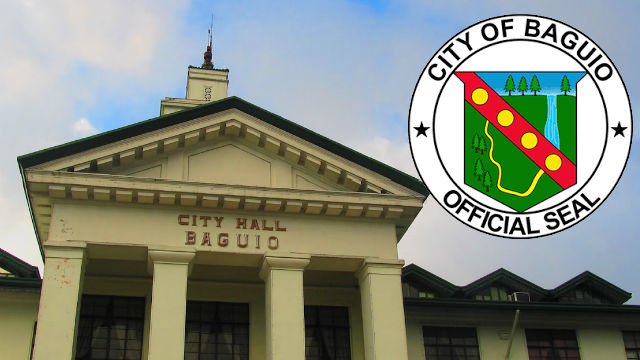BONTOC, Mountain Province – Health officials here are advising the public to follow the ABC method to avoid and prevent the transmission of Human Immune Virus – Acute Immune Deficiency Syndrome (HIV-AIDS) and Sexually Transmitted Diseases (STDs) or Sexually Transmitted Infections (STIs).
The ABC stands for Abstinence, Being faithful or loyal to your partner and Correct and consistent use of condom.
This was relayed by Municipal Health Officer, Dr. Diga Kay Gomez during the Monday Regular Monday Flag Raising Ceremonies on December 2, 2019 at the Bontoc Municipal Capitol grounds.
The reminder coincided with the observance of World AIDS Day, December 1 of every year.
Information Education and Communication (IEC) material distributed by the Department of Health (DOH) enumerated additional tips to prevent STIs, HIV and AIDS. Aside from the ABC method, the public are advised to make sure that all blood products received for transfusion are properly screened, not to share or use contaminated or unsterile needles or other skin- piercing instruments, have your self treated for sexually transmitted infections promptly as possible, and avoid drinking alcohol and use of prohibited drugs as it can impair judgement and lower inhibitions and may lead to forget practice of safer sex.
The hand book on “HIV –AIDS for Health Workers” provided by DOH, United Nations Children’s Fund (UNICEF) and Remedios AIDS Foundation Inc., explains that HIV is transmitted from one human being to another through unprotected penetrative sexual intercourse with an infected partner; unsafe blood transfusion, unsafe injection; and from an HIV-infected mother to her child during pregnancy, labour, delivery and through breast feeding. Accordingly, HIV hits the body’s defense mechanism that act against viruses. Immunodeficiency means that the body is unable to fight infections making it susceptible to pneumonia, tuberculosis and cancer. AIDS refers to clinical manifestation of HIV infection that are only seen when the body falls ill due to opportunistic infections.
The handbook further clarifies that HIV cannot be transmitted through air; saliva, urine and feces; mosquito bite; talking with person with HIV; borrowing clothes from an HIV-infected person; sharing utensils and drinking from the same glass with person living with HIV; shaking of hands, embracing and kissing; toilets; and swimming pool.
While STIs are treatable, health authorities remarked that the public should be aware and informed of the preventive measures. STIs are infections that are passed from one person to person through sexual contact.
Common STIs are gonorrhoea, chlamydia, HIV, Hepatitis B/C, herpes, genital warts, syphilis, pubic lice and scabies. The common signs and symptoms are unusual vaginal discharge, unusual penile discharge, sores/ ulcer, burning sensation when urinating, swelling of the scrotum, and redness or itchiness around the vaginal or pelvic area.
Health officials further mentioned that it is important that possible carriers of STIs are advised to do self-examinations and have themselves tested at their local health units.
“Most STIs are treatable and it is the early detection that spells the difference between the easy and the difficult one. Left untreated, STIs may lead to serious complications for men, women and new-born babies. Complications include infertility, ectopic pregnancy, and pelvic inflammatory diseases,” as cited by the HIV –AIDS for Health Workers handbook.
In a separate interview, Bontoc Mayor Franklin Odsey said that the advocacy in informing the public of how HIV-AIDS is transmitted, the misconceptions on HIV-AIDS and how to avoid and prevent the transmission of HIV-AIDS and STIs is not only the responsibility of those in the health sector, but a concern of everyone.
With this, he solicited the involvement of all concerned government agencies and various stakeholders in the massive information education campaign for everyone to practice safe sex as a means to avoid infection.
This year, the global theme of World AIDS Day is “Communities make the difference” emphasizing that we are all members of our communities and that we can gain important support from those communities.
By Alpine L. Killa













